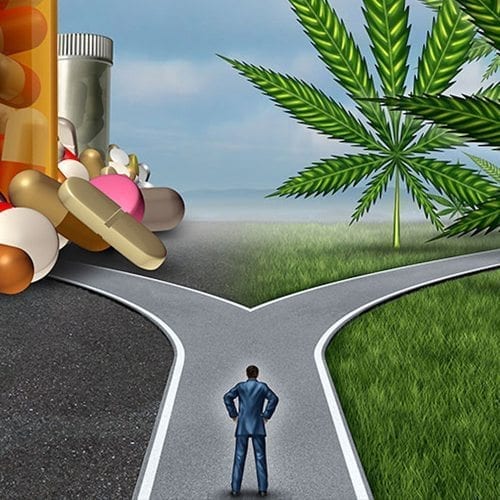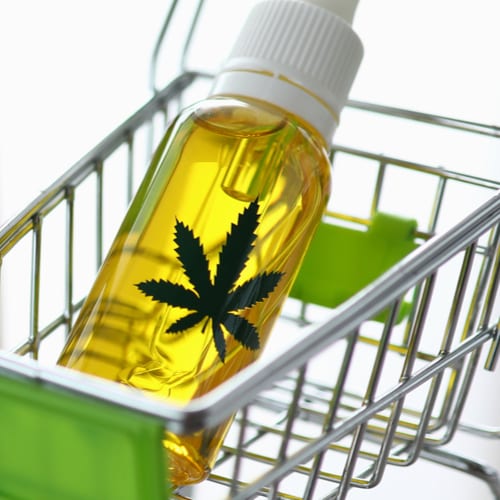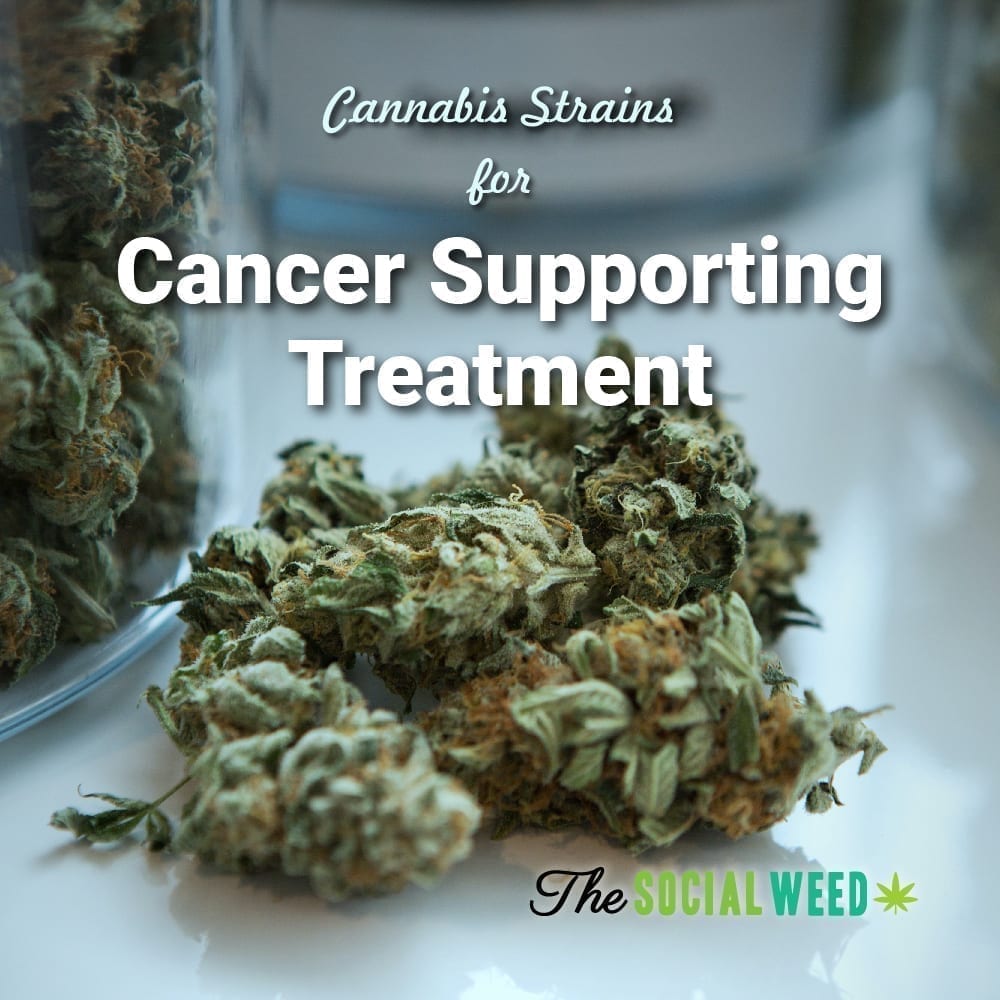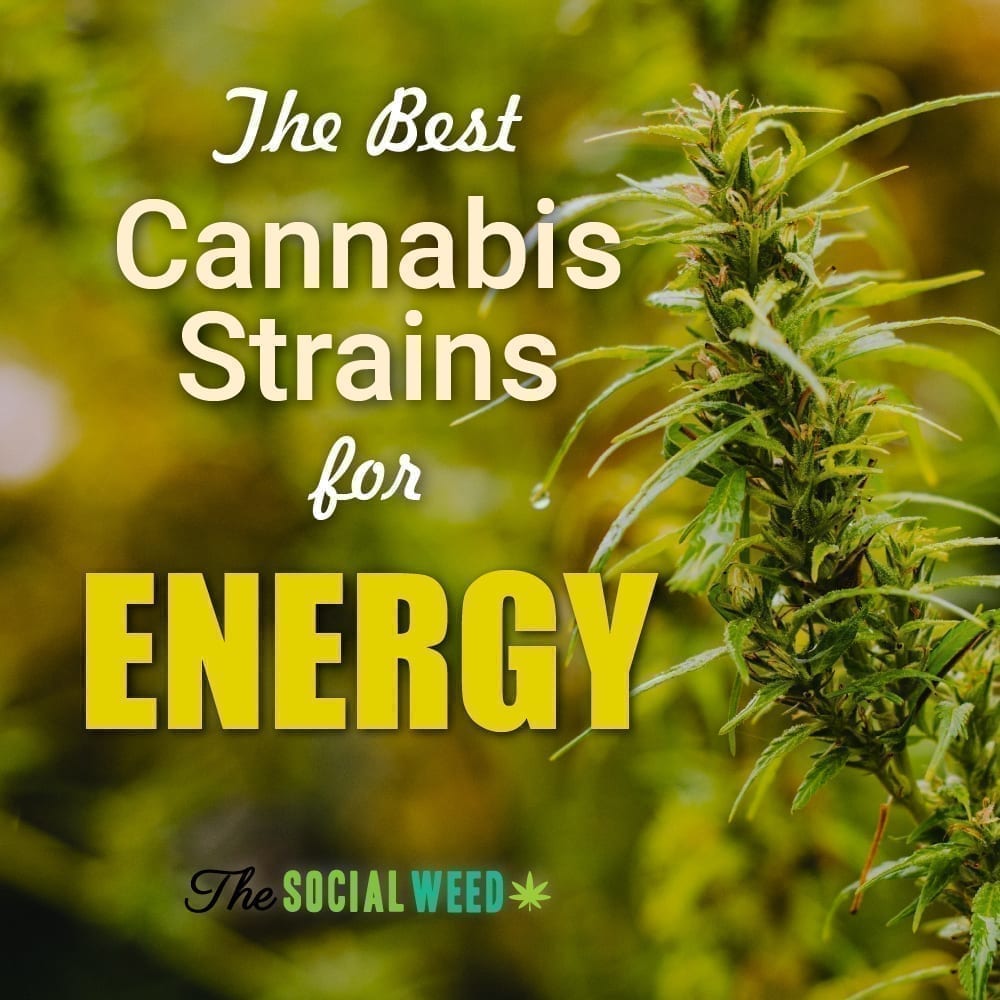
CANNABIS CULTURE – I am often asked, “What makes cannabis medicine?” This question leads to more questions, like “What condition/s can I use cannabis for? How much cannabis do I need to use, and how often? What strain or product do I use for my condition?”
Tired of shrugging my shoulders and simply responding, “I don’t know,” I thought it was time to undertake my own research to add to what is already out there. So, I asked 4,276 patients, “What condition/s do you use cannabis for?”
Sure, we have plenty of in vitro, in vivo and animal studies, and even some high-quality human trials, but a sample study of this size is practically unheard of.
Does the study and survey answer once-and-for-all any of the big questions that people come up to us and ask?
Sadly, no. We still have to say, there are no definite answers. However, our survey does uncover a few things, notably the huge number of conditions (39 were mentioned, including depression, epilepsy, chronic pain, trigeminal neuralgia, PTSD and many more) people use cannabis to help them with, and a little bit about the pharmaceuticals that people replace with cannabis. Some key findings from our survey include:
- 63% out of 4,276 use cannabis for anxiety.
- 60% use cannabis for insomnia.
- 43% use cannabis for depression.
- 36% use cannabis for pain.
- 25% use cannabis for headaches.
- 35% use cannabis for general wellbeing.
- Types of medication reduced or replaced thanks to using medical marijuana: painkillers (51%); antidepressants (27%); anxiolytics (10%); barbiturates (3%); anticonvulsants (2%).
- Indicas were preferred by 35% of patients. Sativas were preferred by 25%, hybrids by 16% and 5% CBD-only.
- 61% of medical marijuana patients use cannabis daily.
- 74% of those surveyed use less than 1g of cannabis on the days they use it.
- The most commonly-mentioned names when it came to preferred strain types include OG Kush, Blue Dream, and Gorilla Glue #1 and #4, although Girl Scout Cookies, Jack Herer, Blackberry Kush, Northern Lights, Trainwreck and AC/DC were also quite popular.
Now, this survey is not a clinical trial, and like many studies out there at the moment on cannabis, not a lot can be concluded from it. However, what this sort of survey does do is give us a rough guide of where to go, as well as what we can do better in future. In some ways, a survey like this one confirms some of the things that we already talk about, like the huge number of health problems cannabis could potentially used for and its potential as a replacement for opioids and “pharmaceutical cocktails” when managing long-term pain. The question of how and why cannabis works still needs an answer, but we can posit a few theories …
THC and Opioid Receptors
There are four main types of opioid receptor, including:
- Delta (δ) DOR OP1(I) – Subtypes δ 1 and δ 2 – responsible for analgesic, antidepressant and convulsant effects. May play a role in respiratory depression and physical dependence.
- Kappa (κ) KOR OP2(I) – Subtypes κ 1, κ 2 and κ 3 – responsible for analgesic, anticonvulsant, dissociative/hallucinatory, diuretic and sedative effects. Kappa opioid receptors also play a role in depression, miosis (constriction of the pupil), neuroprotection and stress.
- Mu (μ) MOR OP3(I) – Subtypes μ 1, μ 2 and μ 3 – responsible for analgesia and physical dependence, (mu 1); respiratory depression, miosis, euphoria, reduced GI motility and physical dependence (mu 2); and possibly vasodilation (mu 3). The delta-opioid receptors may also interact with mu-opioid receptors to induce respiratory depression.
- Nociceptin NOR OP4(I) – Subtype ORL1 – responsible for anxiety, depression, appetite and development of tolerance to μ-opioid receptor agonists.
Experiments on animal models have shown THC to have an effect on mu-opioid receptors and possibly the kappa opioid receptors, too. Cannabis could potentially help beat chronic pain, as well as cravings for opioids.
The Entourage Effect
Cannabis is full of various cannabinoids and terpenoids. THC, CBD, CBG, myrcene humulene, beta-caryophyllene and much, much more besides. This unique mixture of phytochemicals not only gives us a clue as to the individual cannabis plant’s physiological and (if any) psychoactive effects, but also what health problems it can potentially be used for (and avoided). Moreover, the huge variety of cannabinoids and terpenoids gives cannabis a “multi-pronged” painkilling effect.
Not only does cannabis numb or distract the pain, but it also acts as an anti-inflammatory and helps people get to sleep and eat properly. In many ways, this makes cannabis superior to opioids when it comes to chronic pain – and many people seem to agree.
The Psychological Aspect
You get up every morning, and you have to take a few pills. Then you have to take some more in the afternoon, but only 1 or 2 hours before or after you eat, and then some more in the evening, again 1 or 2 hours after you eat. This can be tiring and many people really don’t enjoy having to remember all the pills they have to take and when. Add to this physical addiction and lots of unwanted side-effects like cravings, nausea, irritability, restless legs, an inability to eat or sleep properly, emotional “numbness” and more besides, and you get the reasons why opioids, benzodiazepines and other such medications can be such a chore.
The overall psychological effects of taking these pharmaceutical cocktails can be devastating, and it’s not unusual for the side-effects for the treatment of pain to become as bad if not worse than the pain itself. Cannabis could potentially reduce the number of pills patients have to take, with only the most important ones becoming necessary. This also reduces the chances of negative cross-reactions with other medications, although we need to test cannabis’s interactions with other drugs and medications more thoroughly before we can say that for sure! However, it does seem that cannabis could be used to reduce pill intake, which is of massive benefit to the patients physically and psychologically.
If you want to check out our study and read more about medical marijuana and its potential therapeutic effects, then check out the Doctor Frank website!
Source: cannabisculture.com





